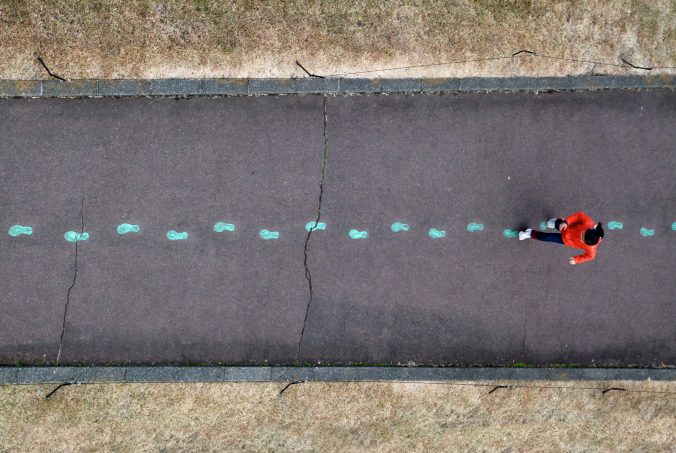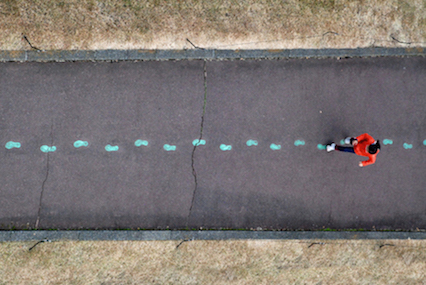Welcome to my first blog post! This is the first blog I’ve ever had so blogging is very new to me. Does that make me a blogger now? I am certainly lucky that my professor outlined 15 steps for setting up this blog, or else I would have never figured out how to get this going. I mean, I probably (definitely) would not have started a blog on my own without it being required for a course, but to be honest I am glad this is required. Being introverted, I feel that I don’t often get my ideas out into the world and they stay bottled up inside of my brain. It’s nice to have the feeling that I can write what I want and how I want in this blog, even if it is part of an assignment. To me, that is probably the most prominent aspect of blogging that would be useful to high school students. I feel that many students are either not heard or, like me, often do not speak their minds openly. Blogging feels (so far) like a way students can practice getting their thoughts outside of their brain and into the world. Since the vast majority of youth are already on computers for copious amounts of time daily doing everything from playing World of Warcraft (a passion of mine) to tweeting on Twitter (which I still have not explored but it seems like I will get the honour to do so in this course) to watching The Office for the 100th time (because let’s be honest, computers act as TVs now too), they will feel comfortable putting their ideas into this known medium.
Having a BIology background, I’ve been thinking how to encorporate a blog into a biology course and into sciences courses in general. I had never thought blogs belonged in science before. I think blogs seemed so informal to me in comparison to the instruction usually given in science courses. There is often a right answer in science without much room to be open ended, especially during tests. When you find yourself memorizing and regurgitating the same information over and over and over and over, you get into this pattern of just focusing on what is needed to pass the next test and forget that information right after it’s finished. Now, as I am a newly born blogger, I can see many uses that blogs can have in a science course. Blogs can be used for students to post about new scientific innovations that they have (or were required to) researched, share their thoughts on what is going on in science around the world, and express their own critiques, ideas and beliefs on scientific studies. There are many other uses for blogs as well but these are what immediate come to my mind.
Well this is the end of my first blog post, I did it! I initially intended to end the blog abruptly with a meme of Stanley from The Office saying “I’m done! Good Bye!” but I was unsure if I could use that since I just found it online and I am not sure who it belongs to. Instead, here is a picture of my two Chihuahuas Bella (pure black) and Kenzie (black and white). They’re looking up anxiously anticipating the next blog post.



Recent Comments